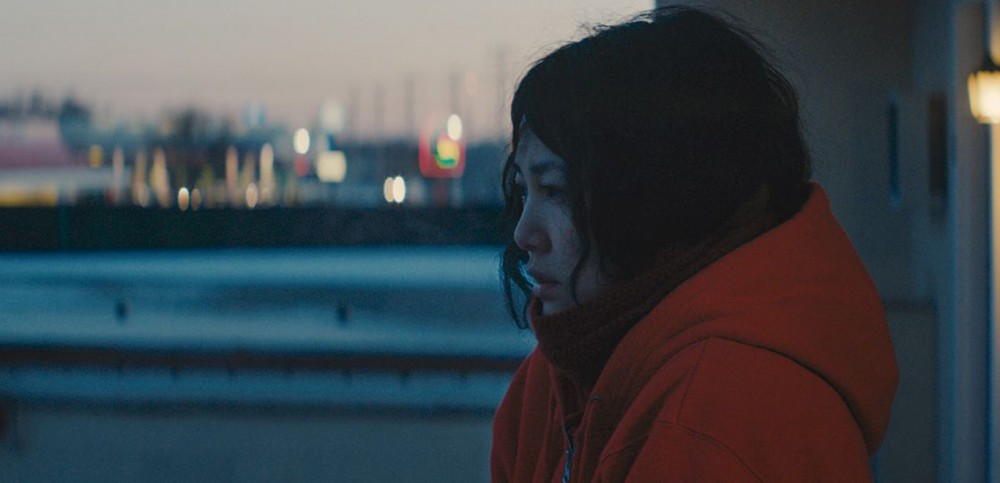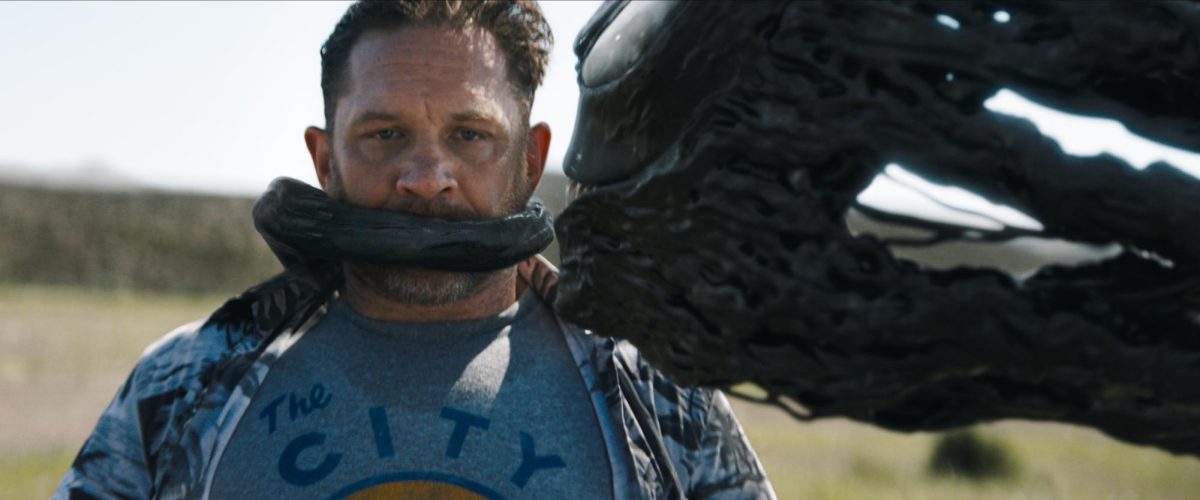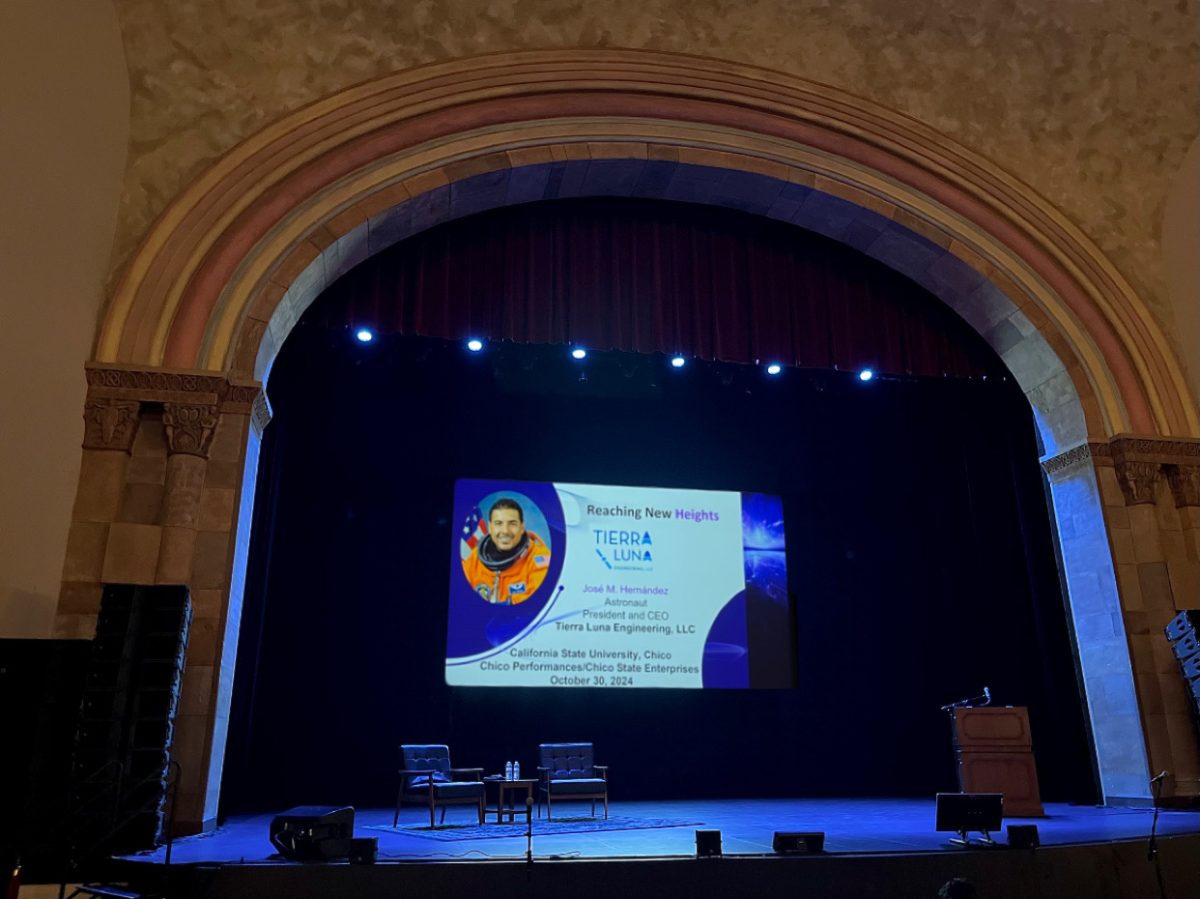
There is a desire that resides in all of us to live life the way it is pictured in the movies. The desire to escape our mundane lives for something else — something extraordinary.
“Kumiko, the Treasure Hunter” follows an extraordinary and yet dangerous adventure that brings a fish-out-of-water like Kumiko into a world she is naive and blind to.
The film is a heartbreaking odyssey of fantasy and loneliness about a young Japanese woman in search of treasure hidden in the snowy fields of Minnesota.
Our protagonist, Kumiko, lives her life under the constant pressure of everyone around her. Pressures that fall on Kumiko come from interactions with the people around her, including her mother who nags at her through short phone calls about not having a husband, and her boss who continues to ask Kumiko where she sees herself in the future.
At 29, Kumiko is neither married or rising in the workplace and is unable to relate to her younger co-workers.
Life is a routine for Kumiko, who dreams of something more. Every day is an endless charade of normalcy that doesn’t quite settle in Kumiko’s soul. She refers to herself as a Spanish conquistador, a woman who is about to find herself on a mission that may turn her mundane life upside down.
She somehow finds herself in the possession of an old, VHS copy of “Fargo.” After religiously watching it, she becomes obsessed with the idea that what she saw was a map to real treasure. Leaving the safe confines of Tokyo and her precious friend, Bonzo the rabbit, she begins her dangerous adventure to the new world.
The Coen brothers, who directed and wrote the 1996 classic “Fargo,” should be proud of this small Sundance hit. David Zellner and his brother made their own masterpiece with Kumiko, inspired by an urban legend about a young Japanese woman who was found dead of a suicide in the snowy wasteland of Northern Minnesota.
Kumiko is played beautifully by Academy Award nominee Rinko Kikuchi. Her character, much like the one she played in the film “Babel,” uses facial expressions to tell the story. There is sadness behind Kikuchi’s expressive eyes, and with her soft spoken voice, it is hard not to feel an emotional connection with her.
The score by The Octopus Project rises and falls with each step Kumiko takes on her descent into the deepest corners of her mind. It hauntingly builds until it is ear-crushingly loud and then recedes into practically silence as Kumiko desperately searches for the treasure.
How did Kumiko discover the videotape in the first place? Where did Bonzo the rabbit’s train end up? Did Kumiko find the suitcase full of money, or did she succumb to the bitter cold? These are just some of the questions that we as an audience ponder throughout the film.
Whether the second half of the film is a dream or not, viewers will have much to talk about after the end credits roll.
A movie like this will stay with the audience for days after.
Erin Vierra can be reached at [email protected] or @gingersmurf85 on Twitter.









